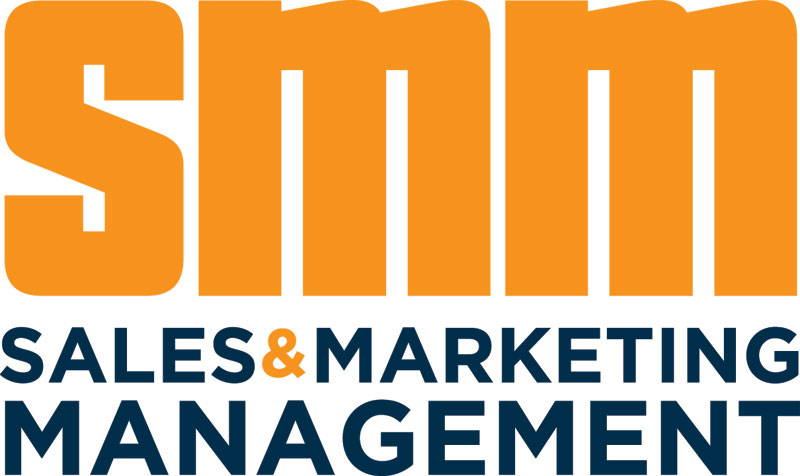White Papers & eBooks
|
Most sales managers I know have a love/hate relationship with the prima donnas on their sales teams. They love the star player’s passion and hard work; they hate the self-centered behaviors that demoralize or discourage the rest of the team.
That leaves sales managers with a dilemma: If they come down hard on a prima donna, that salesperson may just take his/her talents elsewhere. Not good. But a sales manager can’t afford to ignore the situation, either, because prima donnas are often engaged in behaviors detrimental to the team. A simple truth in sales management is that what you don’t confront, you condone.
What can you do then?
|
|
CSO Insights’ 2017 Sales Manager Enablement Report compared the win rates on forecasted sales opportunities between companies with a formalized approach to coaching—meaning there is a standard approach used by all sales managers—to those companies where coaching strategies were entirely left up to the manager or done informally. Their findings provide proof as to why a sales coaching initiative at your company is so important: companies who had adopted a formal approach to sales coaching achieved a win-rate on forecasted deals that was 19% higher.
In short, developing a strong sales coaching culture offers a great ROI. And great leverage: Each sales manager trained is then empowered to improve the win rates of every sales rep on their team. Here are seven keys that will move you in that direction.
|
|
If your sales team isn't producing the results expected, the pressure is on you to fix the situation fast. One option is to replace salespeople. A better option is for you to optimize your performance as a sales leader. In The Sales Manager's Guide to Greatness, sales management consultant Kevin F. Davis offers 10 proven and distinctly practical strategies, skills, and tools for overcoming the most challenging obstacles sales managers face and moving your team ahead of the...
(click to download excerpts from this eBook)
|
|
If your sales team isn't producing the results expected, the pressure is on you to fix the situation fast. One option is to replace salespeople. A better option is for you to optimize your performance as a sales leader. In The Sales Manager's Guide to Greatness, sales management consultant Kevin F. Davis offers 10 proven and distinctly practical strategies, skills, and tools for overcoming the most challenging obstacles sales managers face and moving your team ahead of the... (click below to download excerpts from this eBook)
|
|
Throughout this eBook, you will learn 11 key strategies that will help you position your profile to be seen as a thought leader and subject matter expert, leverage your existing network to gain access to decision makers and engage with people who are engaging with you.
|
|
Each sales opportunity presents its own unique dilemma in terms of identifying the "real buyer". Further examination of a sales opportunity will yield additional information regarding the viability of the opportunity as it relates to the product and service offerings available from the salesperson's company. One of the most important steps in the sales process is to identify the real buyer ‐ an individual I'll call the "relevant executive" for the sales opportunity.
Recent research (like that shown in my book Selling to the C‐Suite) shows that key executives typically get involved early in the buying cycle to understand the issues creating the need for a solution. They will often delegate the middle phase of the buying cycle—exploring options, setting vendor criteria and evaluating solutions—to others at lower levels of the organization. Senior executives also get involved in the project again during the final phase to help plan the implementation and measure the results. That’s why waiting to get involved with an organization when the RFP is initially received can be problematic. The better strategy is to gain access to the relevant executive early in the buying cycle, at a time when it is possible to actually influence RFP criteria by showcasing the benefits and value of your products or services.
Click below to download this paper to help you and your team develop the right strategy for targeting and engaging with the right - and relevant - executive.
|
|
Beyond the Sales Process focuses on the frontline of engagement with customers. It is specifically intended for salespeople, account managers, their managers, and sales leaders, as well as others who have responsibilities and pressures associated with developing and winning business, and those who are tasked with extending and expanding their relationships with customers.
|
|
Typically only 20% of salespeople are considered high performers. Why are so few highly successful? There are deeper reasons- reasons why salespeople succeed or fail... What actually causes your salespeople’s success? Why does most sales training cause your people to shut down? And what are the five dimensions that most influence sales’ success? This eBook will provide all the answers as well as explore the critical role of values, inner beliefs about selling itself and belief in your products in influencing sales success.
Click below to download this eBook.
|
|
Today's C-Suite executives have a wide variety of concerns, mostly involved with planning, managing and affecting change throughout the organization. They are also concerned about multiple constituencies - customers, shareholders, employees, suppliers, competitors, business partners, regulatory agencies and the various governments in which they operate - both domestically and internationally. C-Suite executives are willing to meet with professional salespeople if they are convinced that the salesperson can deliver true business value to them.
This white paper will outline the six steps that will enable you to successfully engage with C-Suite executives - and to maintain and leverage those relationships over the long term.
|
|
Executive Summary
How do you know if your executive presentations are effective? In this white paper I am going to give you a series of tests you can use to form an objective assessment about the quality and effectiveness of your presentation. I have spent nearly fifteen years researching and reviewing literally hundreds of sales tools and presentations from big companies to small boutiques, and many in between, and believe the effectiveness of an economic impact sales tool used in (and after) the sales process boils down to these important criteria:
|






















